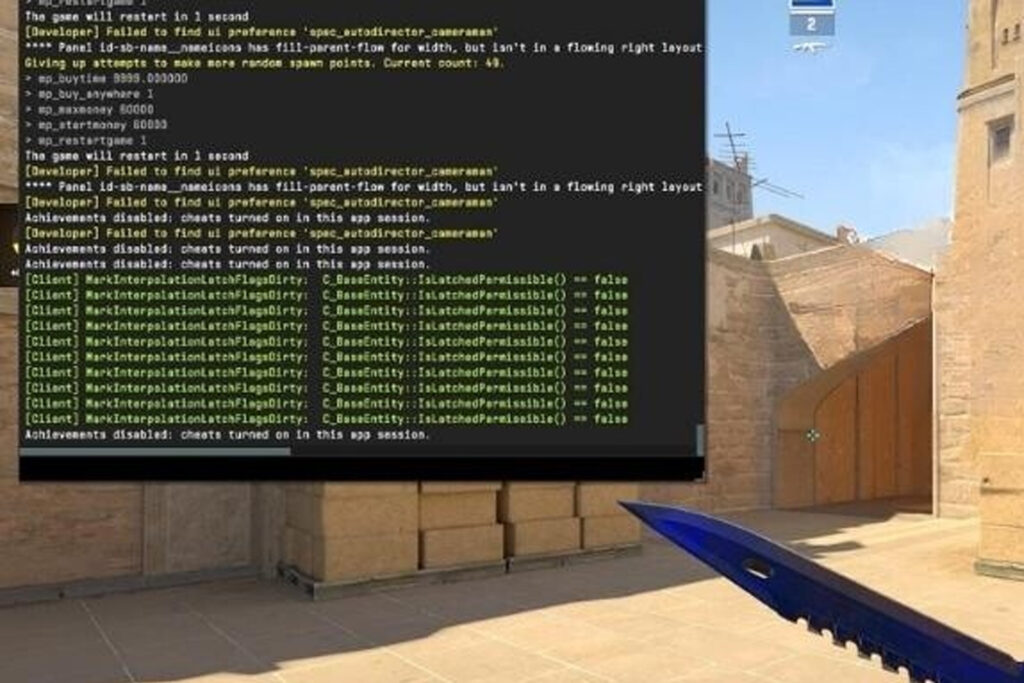Published on October 22, 2025
Counter-Strike 2 (CS2), Valve’s long-awaited evolution of CS:GO, continues to dominate the competitive FPS scene in 2025. With its Source 2 engine, improved lighting, and sub-tick updates, CS2 demands more from your hardware—but it’s still one of the most accessible esports titles. Whether you’re a casual player on a budget laptop or a pro aiming for 360 FPS, this guide covers everything you need to know about CS2 system requirements in 2025, including real-world performance expectations and optimization tips.
Official Minimum System Requirements (30–60 FPS)
Valve’s official minimum specs are designed to run CS2 at playable framerates on older hardware:
- OS: Windows 10 64-bit
- Processor: Intel Core i5-750 or AMD FX-8120
- Memory: 8 GB RAM
- Graphics: NVIDIA GeForce GTX 1050 or AMD Radeon RX 570
- Storage: 85 GB available space (SSD strongly recommended)
In practice, this setup delivers 45–60 FPS at 720p–1080p on Low settings. However, stutters may occur during intense firefights due to CPU bottlenecks. If you’re using integrated graphics (e.g., Intel UHD 630), expect 20–30 FPS—playable but not ideal.
Recommended System Requirements (144+ FPS)
For smooth gameplay on a 144Hz monitor, aim for these specs:
- OS: Windows 10/11 64-bit
- Processor: Intel Core i5-12400F or AMD Ryzen 5 5600X
- Memory: 16 GB DDR4 RAM
- Graphics: NVIDIA RTX 3060 or AMD RX 6600 XT
- Storage: 85 GB NVMe SSD
This configuration consistently delivers 180–240 FPS at 1080p on Medium settings. The RTX 3060’s 12 GB VRAM also future-proofs you for map updates with higher texture loads.
Competitive Pro Setup (300+ FPS)
Top CS2 pros run ultra-high FPS to minimize input lag. Their typical setup:
- CPU: Intel Core i5-13600K or Ryzen 7 7800X3D
- GPU: RTX 4070 or RX 7800 XT
- RAM: 32 GB DDR5
- Monitor: 360Hz
But you don’t need this to compete. Even a Ryzen 5 5600 + GTX 1660 Super can hit 200+ FPS with the right settings.
Best In-Game Settings for Maximum FPS
CS2’s graphics settings have a huge impact on performance. Use these for competitive play:
- Global Shadow Quality: Low (shadows don’t affect visibility)
- Model/Texture Detail: Low or Medium (high settings cause stutter on older GPUs)
- Shader Detail: Low
- Texture Filtering: Bilinear
- Boost Player Contrast: Enabled (makes enemies easier to spot)
- Wait for Vertical Sync: Disabled
- Multi-core Rendering: Enabled
Avoid “High” or “Ultra” settings—they offer no competitive advantage and cost 30–50% FPS.
Launch Options for Performance
Add these to your Steam launch options:
-novid -high -threads 12 +fps_max 400 -nojoy -d3d9exReplace “12” with your CPU’s thread count. The -d3d9ex flag reduces input lag on Windows 10/11.
Windows 11 Optimization
- Enable Game Mode (Settings > Gaming)
- Disable fullscreen optimizations for CS2.exe
- Set power plan to High Performance
- Update chipset drivers (especially for AMD Ryzen)
For more FPS guides, read our Valorant Performance Guide or Windows 11 Gaming Optimization Tips.


